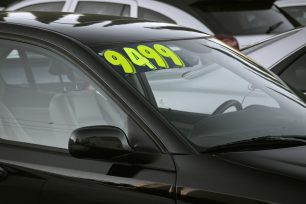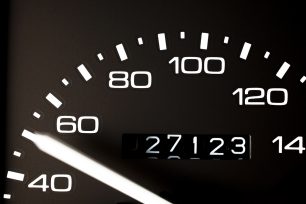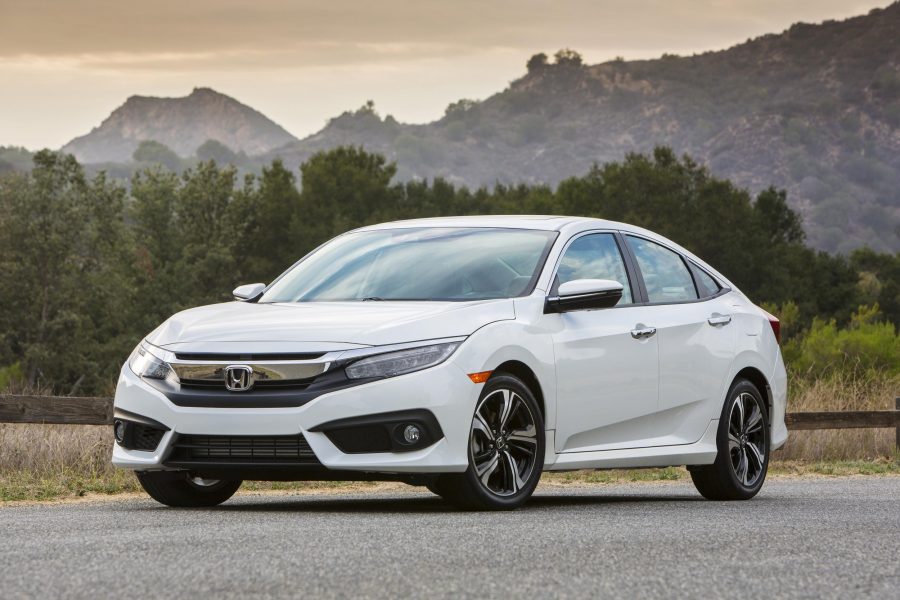Knowing the market value of a used car, SUV, or truck is the basis for getting a fair price when buying, trading in, or selling a used vehicle. Used car buyers can leverage online car valuation tools to confirm what a car’s worth before they ever visit a dealership, giving them an advantage when negotiating a fair price. Used car shoppers can also use these tools to compare a dealer or private party asking price against a vehicle’s value.
Online pricing guides take a vehicle’s condition and mileage (odometer reading) into account to calculate a used car’s price. These same tools can determine the dealer or private party value, along with a car’s trade-in value for consumers looking to use their current vehicle as part of the down payment for a new car.
Determining Your Used Car Value With a VIN
Owners wondering “how much is my car worth ?” can use the vehicle identification number , or VIN, to start the car valuation process. This 17-digit identification number is typically included in each online vehicle listing and is located under the driver’s side windshield or inside the driver’s door jamb. With the VIN, buyers, owners, and sellers can determine a used car’s value through various online appraisal tools. These tools take trim level , vehicle condition , current market conditions , depreciation , and geography into account when determining either the value of your car or a car you might be interested in buying.Several automotive sites, including CARFAX, Edmunds, iSeeCars.com, and Kelley Blue Book (KBB) offer online appraisal tools. Beyond pricing information and the estimated market value of a car, iSeeCars’ VIN Report includes grading the asking price relative to the market value as great, good, fair, or too high. The report also provides other VIN-specific information such as specs, standard and optional features, safety ratings, the status of open recalls, a stolen vehicle check and estimated depreciation over the next five years.
Recreate Your Car’s Window Sticker
Car owners looking to sell or trade their car in, along with potential buyers shopping for their next vehicle, can supplement a market value report with a recreated window sticker . Using a car’s VIN, sites like iSeeCars can produce a window sticker that lets consumers confirm a car’s original price and equipment, along with its warranty information, fuel efficiency estimates, and safety ratings.This information can be compared against the car’s current equipment to see if any changes have been made since it was sold new. While previous owners may consider new wheels or an altered audio system to be “upgrades” these changes usually lower a car’s resale value. For used car buyers, the best cars will retain all of their original equipment, have receipts for maintenance and repair work, and be in good condition.
Documentation Adds Value
Owners seeking the “ value of my car ” can find it through various online tools. Knowing your car’s retail value before listing it, and having a market value report and window sticker available for buyers to review, can enhance your efforts when selling a car. This level of documentation, along with a car’s condition and ownership receipts, can influence buyer confidence. The extra level of documentation is particularly helpful for private sellers trying to compete with car dealers .These same documents can also help buyers determine a vehicle’s value before purchase. If you’re interested in a vehicle, ask the owner/seller for a valuation report and a window sticker, or use the car’s VIN and an online tool to recreate your own. You’ll have a better understanding of what you’re getting and what you should pay.


































































